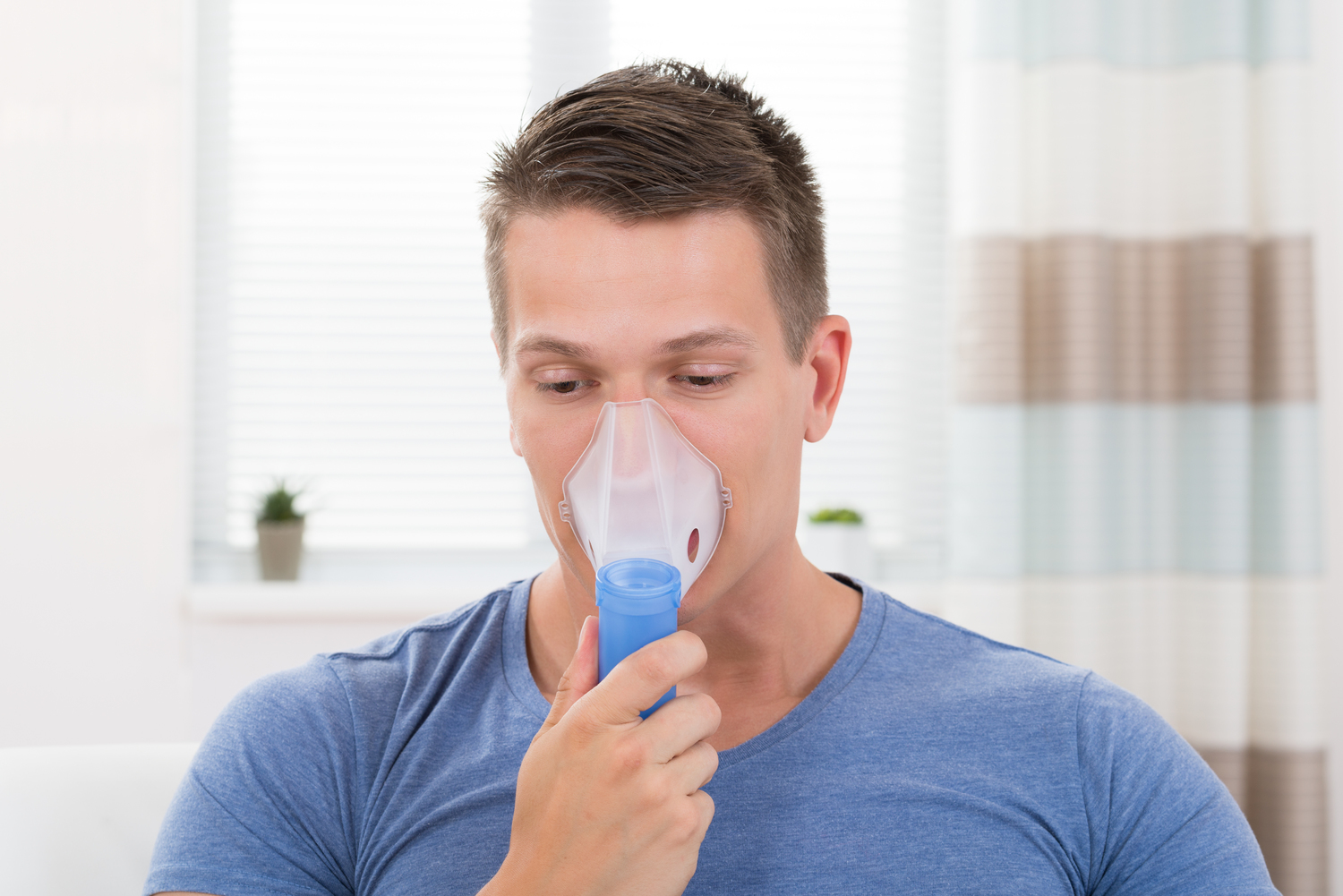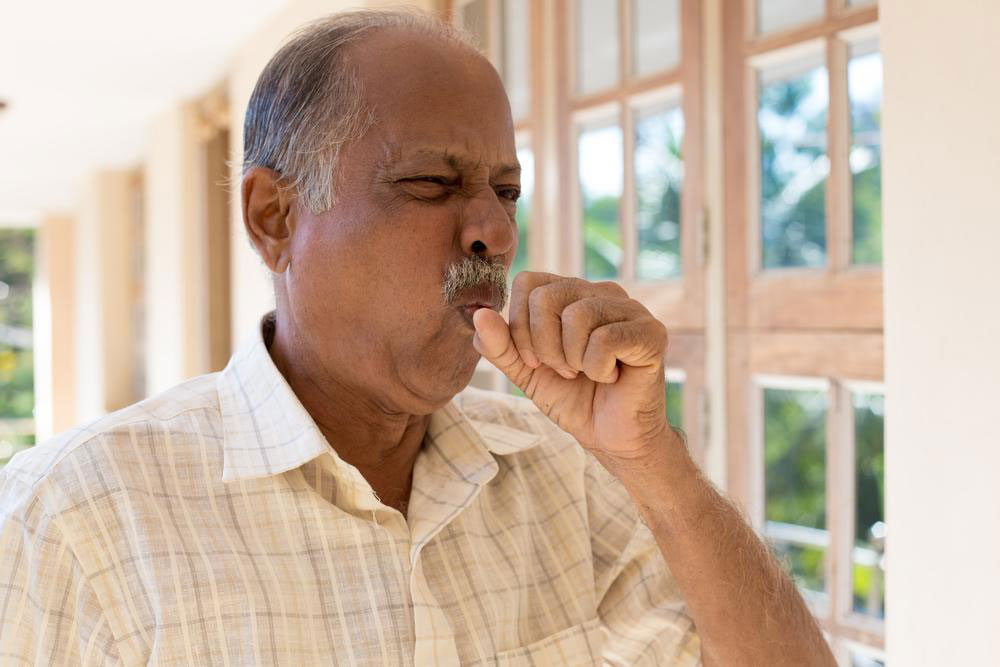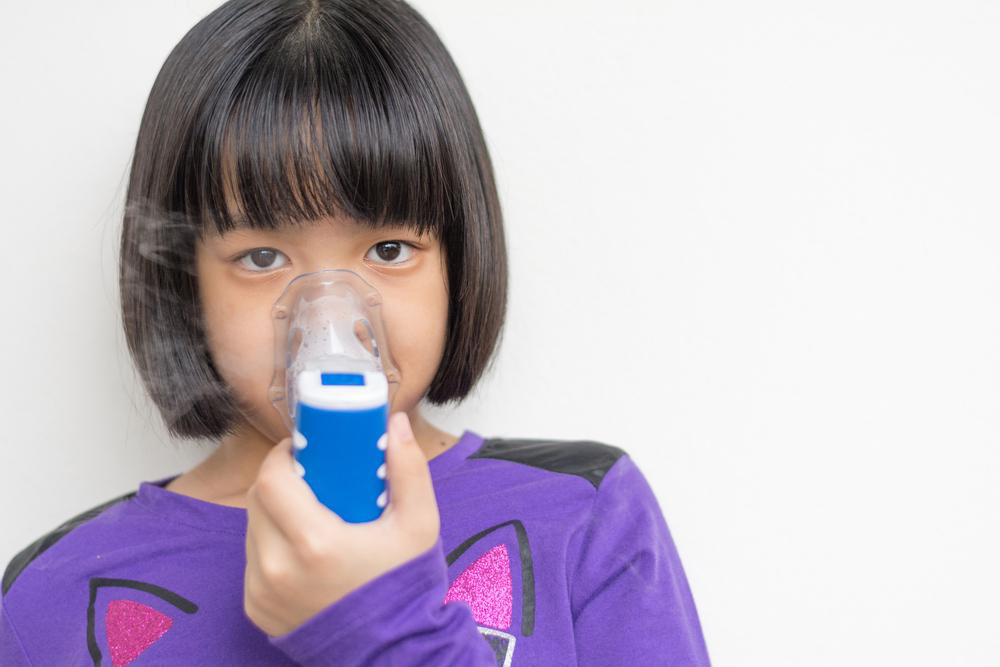Understanding Chronic Bronchitis: Causes, Symptoms, and Treatments
Learn about chronic bronchitis, including its causes, symptoms, and effective treatment options. Discover lifestyle changes and remedies to manage and alleviate symptoms like persistent cough, mucus buildup, and breathing difficulties. Understand risk factors such as smoking and pollution, and know when to seek medical help for better lung health.

Understanding Chronic Bronchitis: Causes, Symptoms, and Treatments
Bronchitis refers to the inflammation of the bronchial tubes within the lungs.
This condition leads to excess mucus production and narrowing of the air passages, resulting in difficulty breathing. Patients often experience wheezing, chest discomfort, and shortness of breath. The most common symptom is a persistent cough producing thick, discolored mucus.
When the inflammation clears within two to three weeks, it’s classified as acute bronchitis. However, if coughing with mucus lasts longer than three months, spanning at least two years, it is termed chronic bronchitis. Mucus color can range from yellow to green or white.
What contributes to Chronic Bronchitis?
The primary causes include:
Smoking is a significant risk factor for developing chronic bronchitis.
Exposure to smog, industrial pollutants, and chemical solvents can also lead to the condition.
Repeated viral or bacterial infections causing acute bronchitis may evolve into chronic bronchitis over time.
Other underlying health issues such as asthma, heart failure, cystic fibrosis, immune system disorders, genetic factors, and bronchiectasis are additional contributors.
Symptoms of Chronic Bronchitis
The main indicator is a persistent, heavy cough that produces mucus. Over time, the lungs increase mucus secretion, leading to buildup within the bronchial tubes.
This mucus buildup restricts airflow, making breathing mildly difficult. Symptoms often include wheezing—especially during exertion—along with fever, chills, fatigue, bad breath, chest congestion, and discomfort. In advanced stages, skin and lips may turn bluish due to oxygen deficiency. Swelling in the ankles and legs can occur because of low oxygen levels.
Symptoms can fluctuate in severity and frequency, with periods of relief followed by episodes of intense coughing. Triggers include infections, pollution, irritants, and heart issues, all impacting daily life.
Managing Symptoms of Chronic Bronchitis
Lifestyle adjustments and natural remedies can help ease symptoms, particularly coughing:
Quitting smoking is crucial. Use masks in polluted environments or workplaces.
A humidifier can help by adding warm, moist air to ease airway clearance, but ensure it stays clean.
Engage in gentle physical activity to strengthen lung muscles and improve breathing. Start slowly, increasing activity levels gradually, with guidance from a healthcare professional.
Effective treatment involves clearing mucus and opening airways. Consult your doctor for medications that promote easier breathing and symptom relief.









